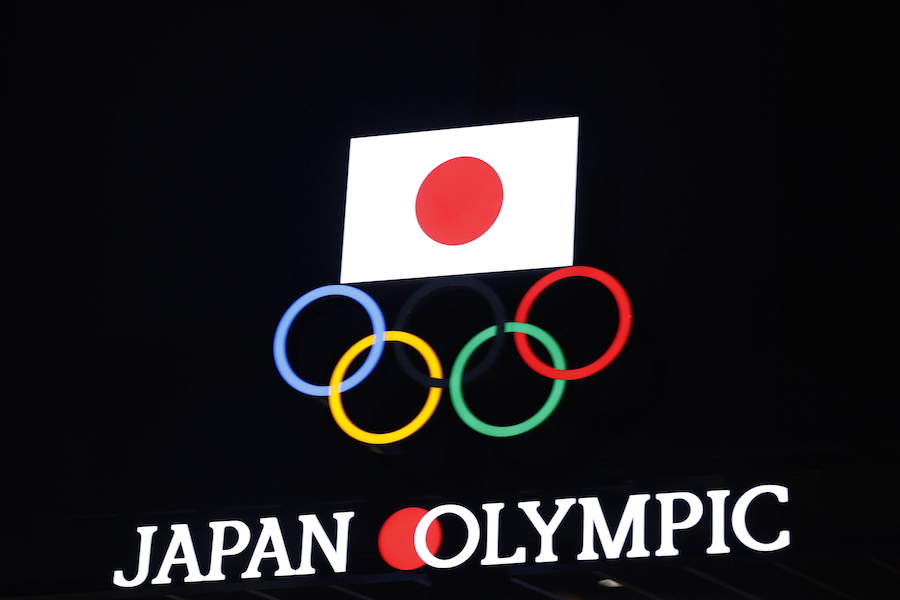
The pandemic affected almost every part of Tokyo’s Olympics, forcing a historic postponement, the banning of almost all spectators, and ending the dreams of more than a few athletes.
As the Games wrap up, AFP looks at some questions and answers about how virus concerns played out during the pandemic Olympics.
How many cases were there?
From July 1 to Sunday, the final day of the Games, Tokyo 2020 says it identified 430 positive cases in a population of 52,000 overseas participants and athletes and many more Japanese volunteers and security.
Most positive cases were among residents of Japan, largely staff or contractors, with 29 athletes and 25 members of the media also testing positive.
There was one so-called “cluster”, in the Greek artistic swimming team. All 12 members went into isolation in the second week of the Games after five members tested positive.
Outside the Olympic bubble, Japan hit new virus records, with the capital accounting for a large portion of the numbers.
Cases were already on the rise before the Games, and Tokyo has been under a state of emergency for weeks.
But the explosive growth, driven by the more contagious Delta variant, has worried experts in a country where only around a third of the population is fully vaccinated.
Japan has recorded just over 15,200 deaths during the pandemic.
Did the virus affect events?
Virus regulations meant athletes who tested positive could not continue in the Games.
And some saw their Olympic journey end even before it began.
Former US Open winner Bryson DeChambeau and tennis star Coco Gauff tested positive before setting out for the Games.
And others like Chilean taekwondo athlete Fernanda Aguirre were ruled out after a positive test at the airport.
Some athletes were already on the ground and training when they got the news, including US pole vaulter Sam Kendricks, who withdrew from the Games.
But the cases had no major effect on events, with none cancelled or moved as a result.
How did teams react?
There was little outcry from teams forced to withdraw athletes from competition.
But the rules around isolation for those testing positive did cause some controversy.
Members of the Dutch team in hotel quarantine went on “strike” over a lack of fresh air in the rooms, winning 15 minutes a day at an open window.
Dutch taekwondo fighter Reshmie Oogink described the quarantine as “Olympic jail”.
Did the ‘bubble’ hold?
For the most part, teams stuck to the rules and got on with their sport. But there were a few notable exceptions.
Members of the Georgian judo team had their Olympic passes removed after an unauthorised sightseeing trip.
And five members of Australia’s mens hockey team were reprimanded for breaking out of the bubble to buy beer.
But organisers said overall the rules were respected and the comparatively low number of cases in the Olympic Village were “a very successful outcome,” said Brian McCloskey, a member of the expert panel advising the IOC on virus measures.
Organisers also denied any connection to rising virus cases in Tokyo, and the city’s governor even argued the Games helped people keep at home to watch on TV.
Some experts argue there was an “indirect relationship” and that holding the Games undermined the government’s messaging on virus risks.
Crowds were seen lining up to be photographed at the Olympic rings outside Tokyo’s main stadium, and local media reported an increasing number of bars and restaurants defying calls to close by 8pm and avoid selling alcohol.
What about the Paralympics?
The Paralympics open on August 24 and will be subject to many of the same restrictions as the Olympics, including regular testing for athletes and limits on their movement.
But organisers have yet to decide whether spectators will be allowed to attend.
Even under the current emergency, crowds of up to 5,000 are allowed into sports and music events in Tokyo.
Organisers say the decision on Paralympic spectators will come after the Olympic closing ceremony, but have set no deadline.
sah/nr
© Agence France-Presse








